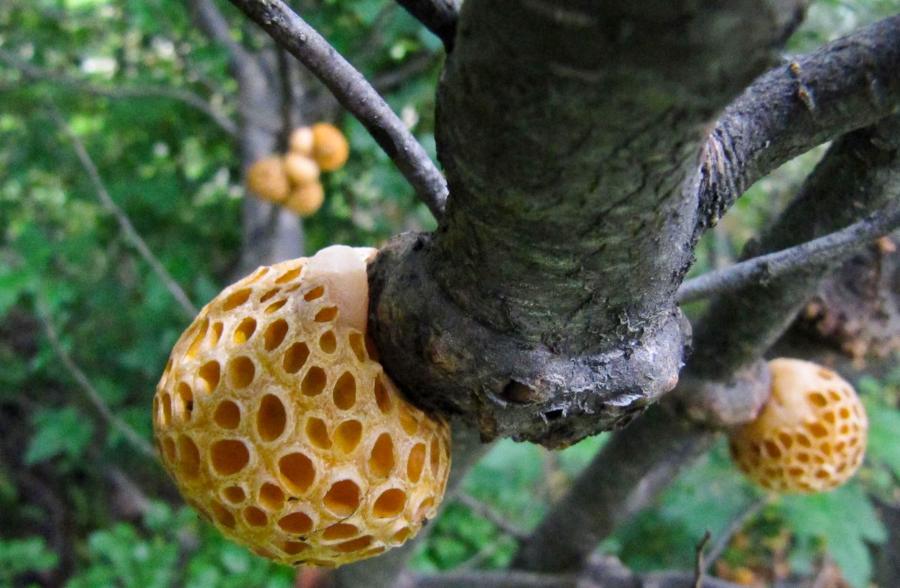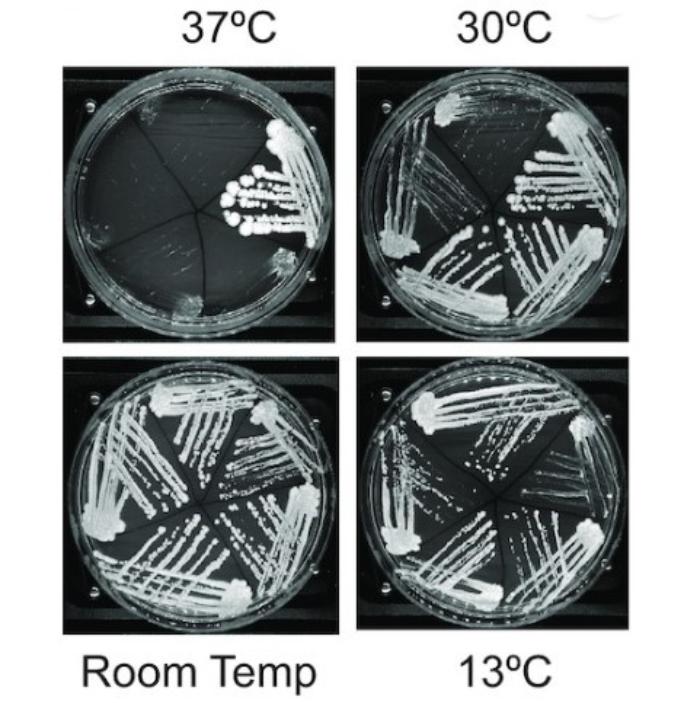Saccharomyces eubayanus, the yeast species that gave birth to the first bottom-fermenting lager yeast in the Middle Ages, has now been found in its wild variation form in Europe, making it the first time this discovery has been made. Dublin soil samples included the wild yeasts, providing the first direct evidence that Eubayanus yeasts are present in the wild in Europe. This shows that this lager yeast’s other ancestors might still be found in secret in Central Europe.
Saccharomyces eubayanus yeast has been discovered for the first time in Europe.
Breweries date back thousands of years, with evidence showing that they were in operation in China and Egypt. The earliest beers were brewed 13,000 years ago in the Middle East.
The warm mash fermented “top-fermented” due to the presence of wild strains of the yeast Saccharomyces cerevisiae. However, brewers in southern Germany pioneered a new brewing process in the Middle Ages, giving birth to styles of beer such as lager, pilsner, and black beer that had previously not existed. These types of bottom-fermented beers now make up close to 90% of the beer market.

” class=”wp-image-21055″/>
Bottom-fermented beer would not exist without the development of a brewer’s yeast strain that was the result of a cross between two different strains.
Saccharomyces pastorianus, a novel kind of yeast, was crucial to bottom-fermenting brewing because it could ferment sugar into alcohol at low temperatures. Inadvertently combining the common brewing yeast Saccharomyces cerevisiae with another wild yeast species, Saccharomyces eubayanus, resulted in the creation of this lager yeast.
The origin of the yeast used in making lager
Saccharomyces eubayanus, the yeasty progenitor of lager yeast, was originally discovered in Patagonia in 2011. Since then, it has been seen in various regions of the New World, including China, Tibet, and New Zealand. Yet genomic reconstructions indicate that Central Europe was the site of the first interspecies mating of these yeasts. According to Sean Bergin at University College Dublin, it is remarkable that no European isolates of Saccharomyces eubayanus have been found so far.
However, this is no longer the case, since Bergin and his colleagues have discovered the first wild examples of Saccharomyces eubayanus in Europe. They were looking for yeasts in soil samples from around Dublin University for another research project when they stumbled onto these brewer’s yeasts. Two isolates were discovered to be temperature-sensitive when the researchers cultured the yeasts they obtained on culture medium at various temperatures.
Finding Eubayanus yeasts for the first time

DNA testing confirmed that there were two strains of Saccharomyces eubayanus, the progenitor of lager beer yeast. The two Irish yeasts share roughly 40% of their DNA with Tibetan strains of this brewer’s yeast species, and their genome sequences are similar to those of several strains of S. eubayanus found in North America. Some similarities were found between Eubayanus and Saccharomyces pastorianus, the yeast used to make lager beer.
The finding of the Eubayanus yeasts in Ireland demonstrates the existence of, and the potential for the previous existence of, wild representatives of the lager yeast progenitor in Europe. Genome analyses, however, also imply that the Irish Eubayanus variations were not the only parent strain in the sought-after hybrid lager yeast. Instead, close cousins of the Eubayanus species discovered in Tibet, as well as other varieties, must have coexisted in medieval Europe.
Ales are fermented with top-fermenting yeast at considerably higher temperatures and may be ready to drink in a few weeks, whereas lagers are fermented with bottom-fermenting yeast at cold temperatures over a relatively lengthy period of time.
Central Europe could be home to more Eubayanus yeasts
The researchers argue that, according to the genomic data, no one Saccharomyces eubayanus isolate could have been the lager yeasts’ ancestor. Lager yeast Saccharomyces pastorianus is thought to have originated from many crossings between ancestral lager yeast Saccharomyces cerevisiae and various strains of wild Eubayanus.
There may still be wild yeasts in Central Europe that trace their ancestry back to the Middle Ages. Isolates of Saccharomyces pastorianus-like bacteria are likely to be found throughout Europe. It’s conceivable that these wild yeasts are so rare or restricted to a certain environment that they have yet to be discovered.
The researchers speculate that maybe we haven’t searched hard enough, or in the correct ecological niches.


